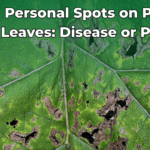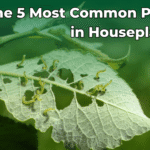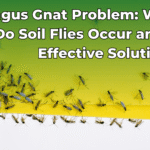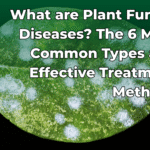If you’ve ever spotted cottony white spots on your beloved Monstera or Pothos, you’re likely dealing with mealybug on houseplants. These tiny, sap-sucking pests don’t just look unpleasant—they weaken plants and spread fast. Thankfully, you can reclaim your green space for good with the right approach.
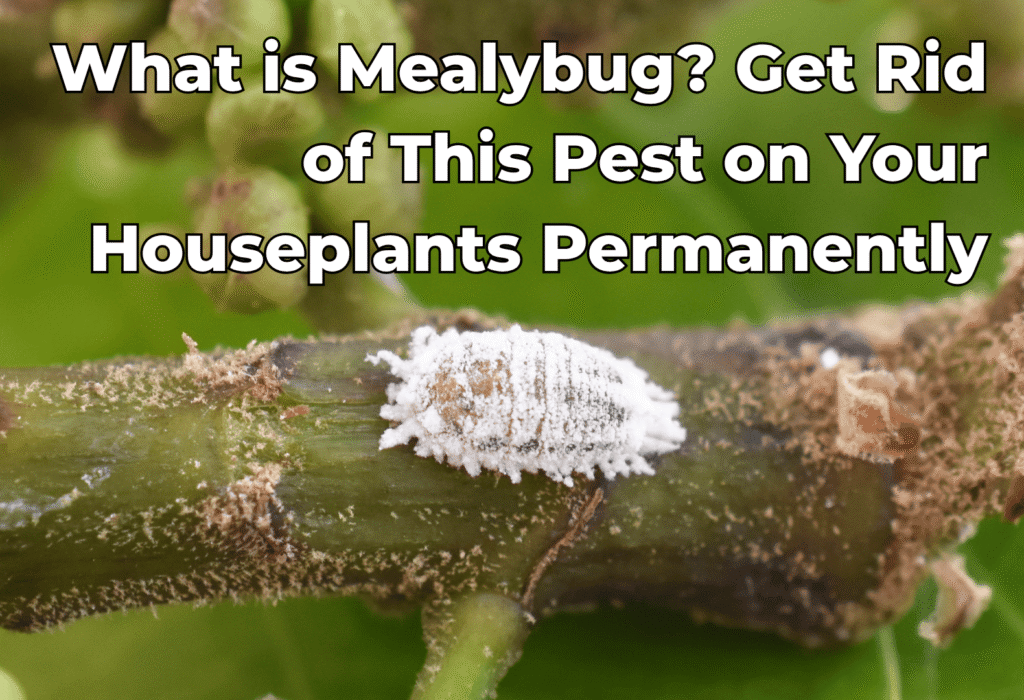
What Is a Mealybug?
Mealybugs are soft-bodied insects covered in a white, cotton-like wax. They thrive indoors, hiding in leaf joints, stem bases, and under soil or plant debris. These pests suck the plant’s sap and produce sticky honeydew, promoting sooty mold and hindering growth.
They thrive in warm, humid conditions—the same environment we provide for our houseplants. Although a single insect may seem harmless, they reproduce quickly and can severely damage plants if not controlled.
Why They’re a Big Deal
- Weak plants = dull leaves: Mealybugs drain nutrients, leaving leaves yellow, wilted, or spotted.
- Honeydew invite fungus: Sticky honeydew leads to sooty mold, obscuring photosynthesis.
- Fast reproduction: Females lay hundreds of eggs in fuzzy sacs, and infestation spreads to nearby plants quickly.
- Stress multiplier: Infested plants are more vulnerable to other pests, drought, or root issues.
Identifying Mealybugs
Look for:
- Cottony tufts on stems, leaf joints, or underground/root collars.
- Sticky residue or black sooty mold growth (from honeydew).
- Deformed, yellowing leaves or stunted growth.
- Slow, meaty “barnacle” bugs (~2–4 mm), often feigning stillness.
4-Step Permanent Eradication Plan
1. Isolate the Infected Plant
First, quarantine the plant immediately—mealybugs travel easily. Move it away from your collection to prevent spread. Inspect nearby plants daily.
2. Physically Remove Them
- Use a cotton swab dipped in isopropyl alcohol (70 %) to dissolve wax and kill bugs on contact.
- For heavy infestation, gently hose off leaves with lukewarm water.
- Wipe leaves thoroughly and repeat every few days.
3. Use Natural or DIY Treatments
Eco‑friendly sprays include:
- Neem oil (1 tsp per liter of water + mild soap): disrupts feeding and life cycle.
- Insecticidal soap for more stubborn bugs.
- Homemade mix: water + a few drops of dish soap, plus 1 tsp of alcohol—shake well before use.
Apply spray thoroughly, focusing on the leaf undersides, every 3 to 5 days over a period of 2 to 3 weeks.
4. Repeat & Monitor
Persistence matters. Reapply every 5–7 days until two consecutive inspections show no signs. Then continue weekly checks for 4–6 weeks.
Prevention & Ongoing Care
- Inspect new plants before bringing them home.
- Maintain good air circulation—use a fan occasionally to disrupt humidity pockets.
- Avoid over-watering, which creates ideal humidity.
- Use a magnifying glass monthly to scout leaf joints and hidden spots.
- Boost plant health with nutrient-rich soil and occasional feeding to resist pests.
- Natural predator: introduce beneficial insects like ladybugs or lacewings (for greenhouse setups).
How Mealybugs Affect Home Aesthetics & Pets
- Ugly white pests and mold-covered leaves disrupt your interior’s visual harmony.
- Plants showing holes or yellowing leaves lose their aesthetic appeal.
- Pets? Mealybugs themselves aren’t toxic, but honeydew can attract ants, and heavy mold growth might irritate pets.
- Healthy plants support cleaner air—don’t risk that by letting pests thrive.
Recommended Product to Aid Treatment
Try [Neem Oil Spray ‘PlantGuard’ product] for ongoing care—plant-safe, easy‑to‑use, and effective.
Features:
- Certified organic neem oil (cold-pressed)
- Includes built-in sprayer and dilution chart
- Controls multiple pests, eco-friendly
- Helpful label instructions in English/Turkish
Duty: spray every 7–10 days as maintenance or post-treatment.
Optional Visual Aid
You may consider adding a picture showing mealybugs on a leaf cluster to help readers identify infestation
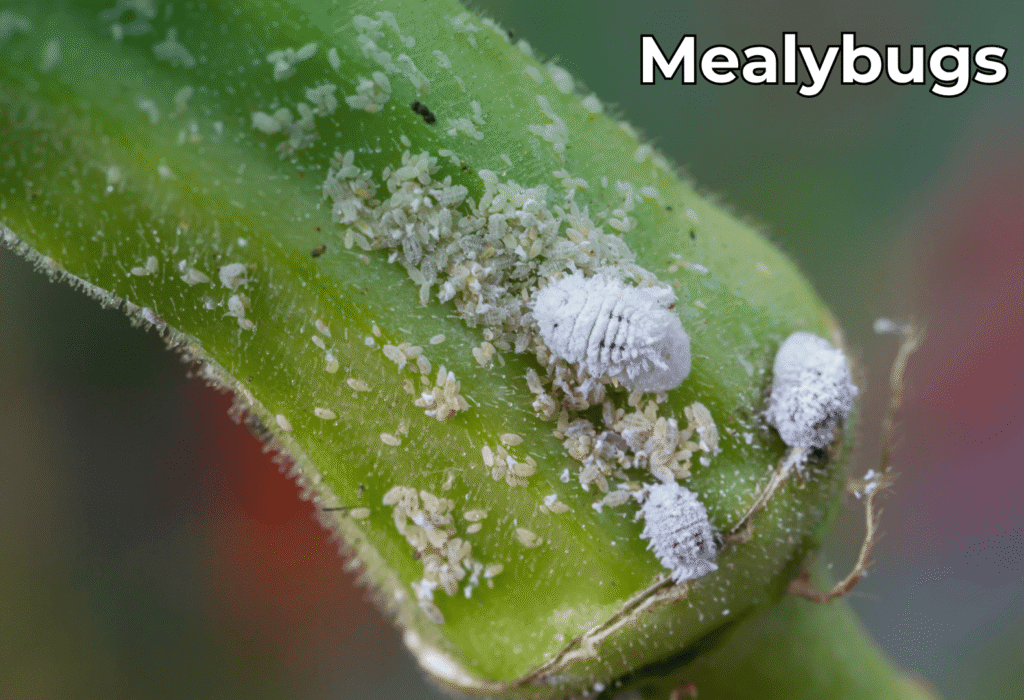
FAQ
Q1. Can mealybugs live in soil?
Yes. They often gather near the root crown or soil surface. Apply an alcohol-water mixture to the soil, and consider repotting if the infestation is severe.
Q2. Can I just throw the plant away?
Not always necessary. With early detection and treatment, most plants recover fully. Dispose of the plant only if the infestation returns rapidly or the damage is extensive.
Q3. Are indoor pesticides safe for pets?
Use pet-safe, organic options like neem or insecticidal soap. Always ventilate and keep pets away during application and drying.
Q4. Do mealybugs spread seasonally?
They don’t hibernate inside homes. Treat year-round, especially in spring–summer when reproduction spikes.
External Reference
For more on pest identification and control, see this guide from University of California Agriculture & Natural Resources (UC IPM) on mealybugs: [ucanr.edu] (a reliable .edu source).
Closing Thoughts
Mealybugs are frustrating—but not unbeatable. With timely action, regular monitoring, and smart plant care, you can preserve your home’s greenery and style. A few minutes of prevention goes a long way, keeping your interior lush and your pet‑proof haven intact.

